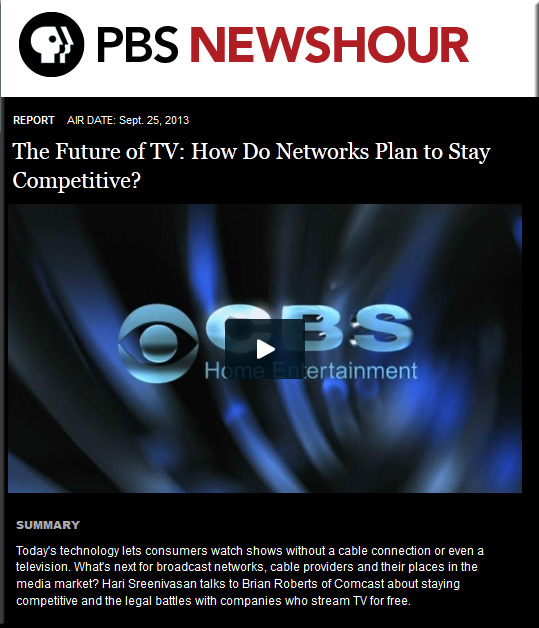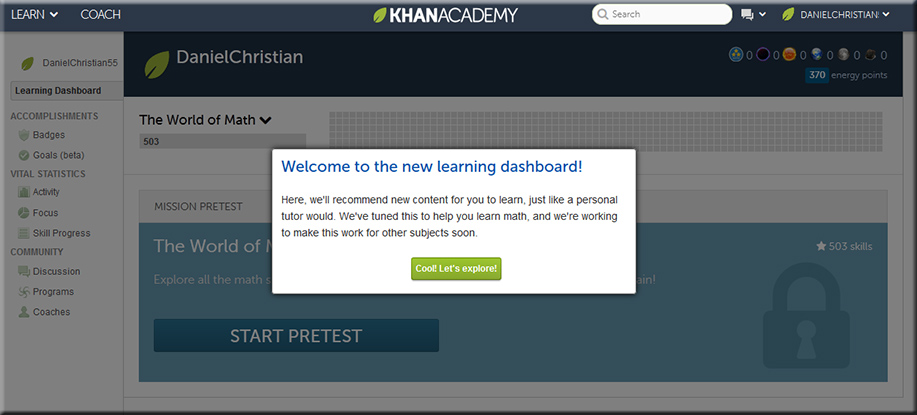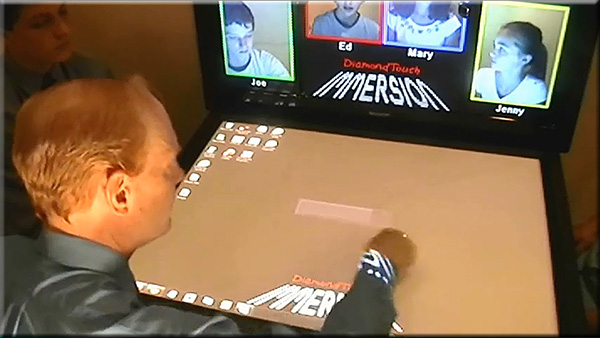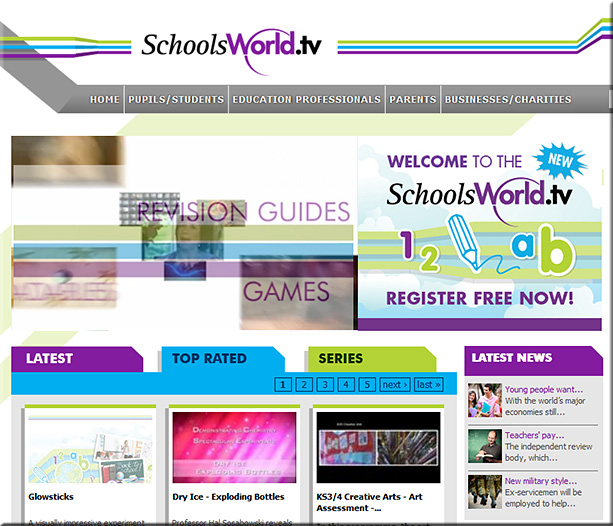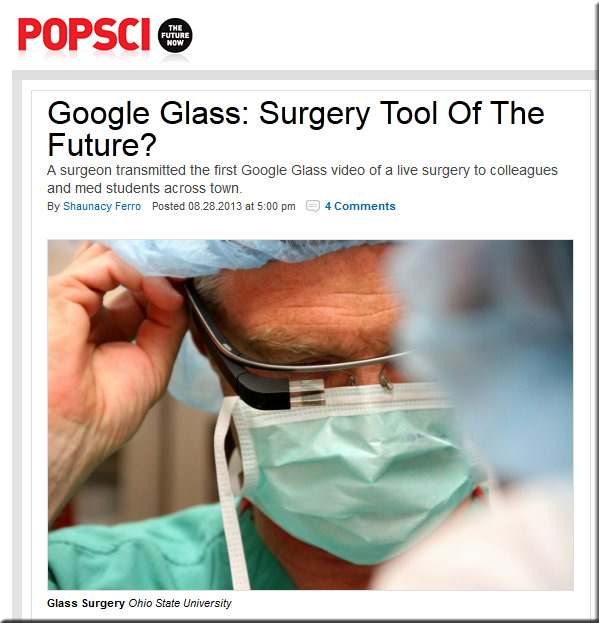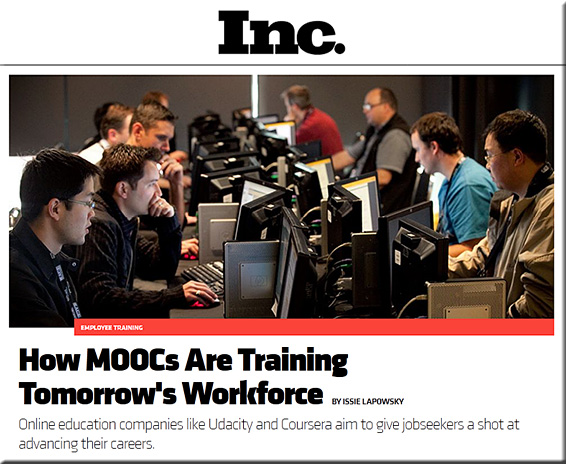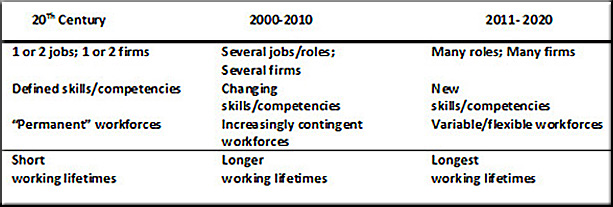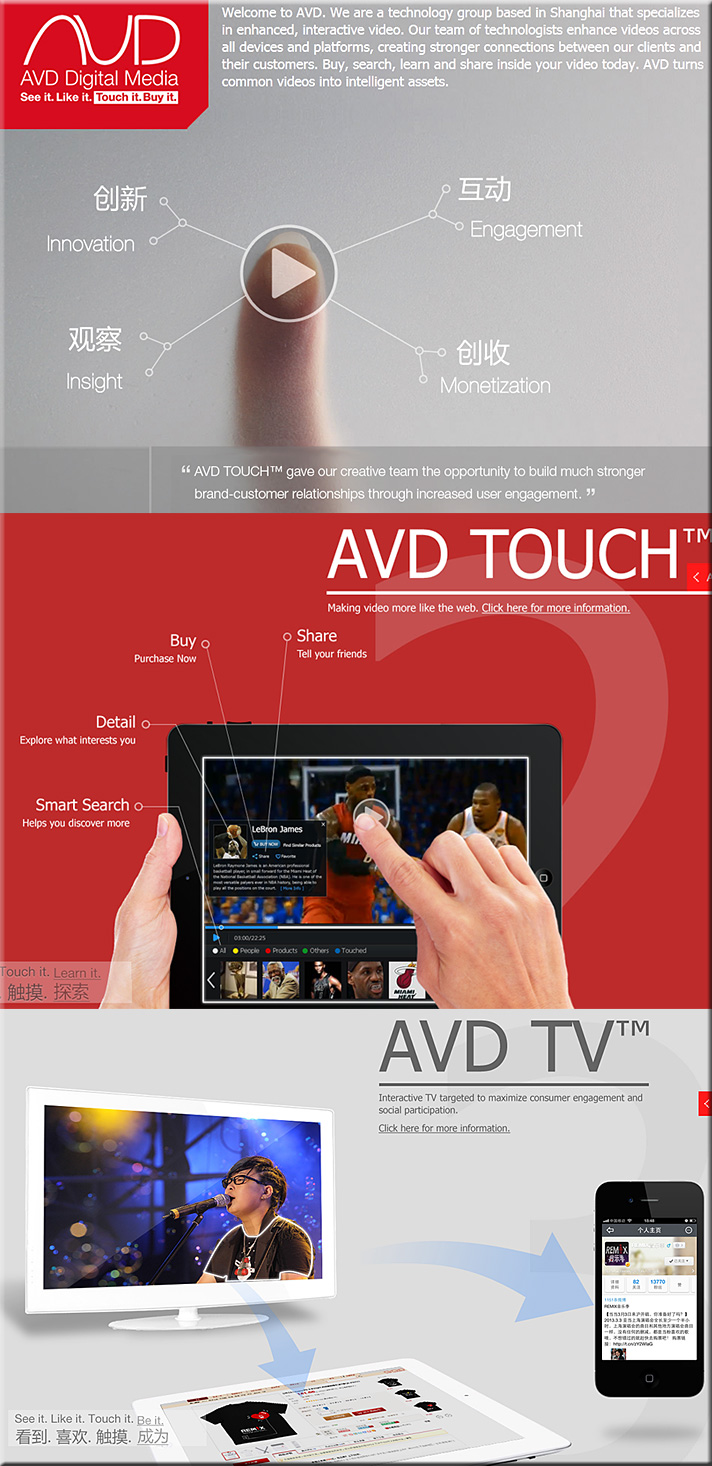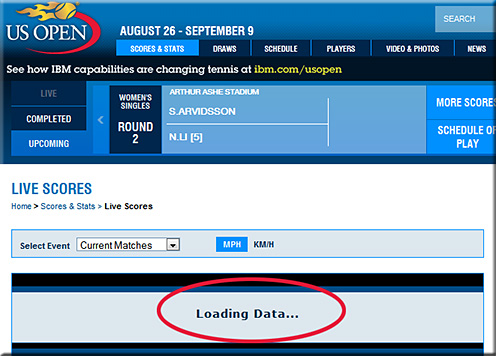EdX announces partnership with Google — from web.mit.edu; w/ thanks to Mr. John Shank for the Scoop on this
Google and edX to collaborate on an open-source learning platform and research, among other things.
Excerpt (emphasis DSC):
As part of the collaboration with Google, edX plans to build out and operate MOOC.org, a new website that will help educational institutions, businesses and teachers build and host online courses for a global audience. The site — slated to go live next year — will be powered by Open edX and built on Google infrastructure.
…
EdX, founded in 2012 and headquartered in Cambridge, is a nonprofit organization comprised of 28 leading global institutions, called the xConsortium. According to EdX, its aims are to transform online and on-campus learning through novel methodologies, gamelike experiences and research, among other things.
Also see:
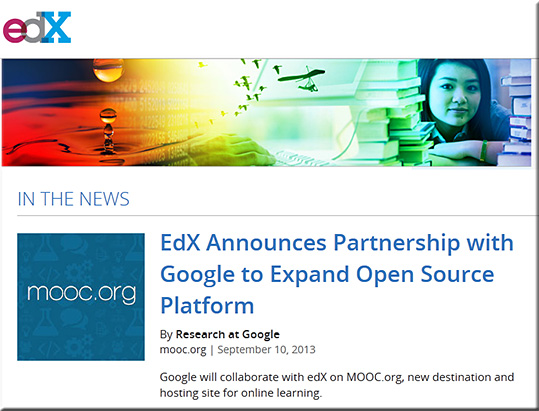
.
Excerpt:
Today, Google will begin working with edX as a contributor to the open source platform, Open edX. We are taking our learnings from Course Builder and applying them to Open edX to further innovate on an open source MOOC platform. We look forward to contributing to edX’s new site, MOOC.org, a new service for online learning which will allow any academic institution, business and individual to create and host online courses.
Also see:
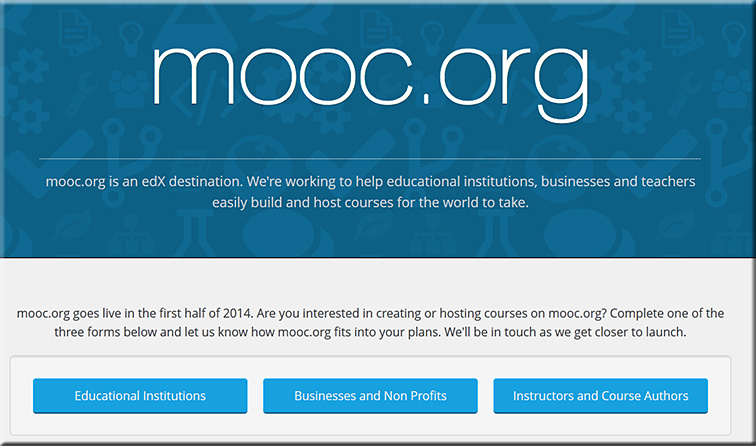
Also see:
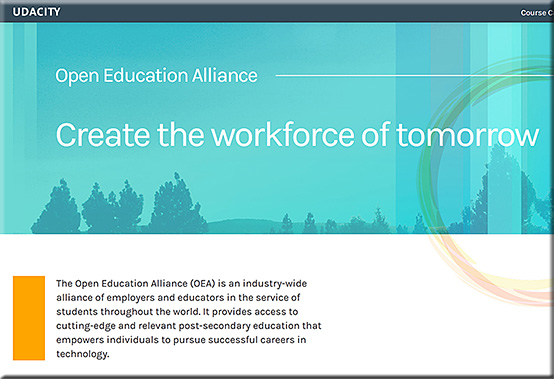
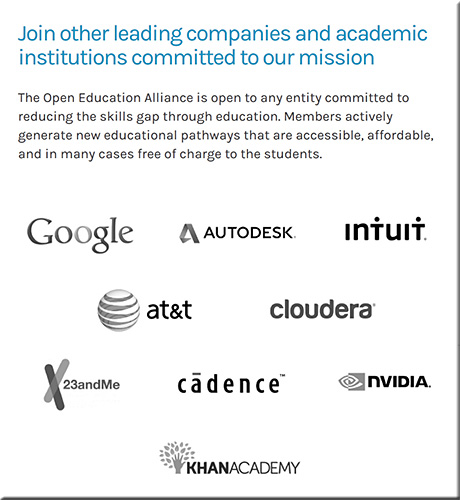
From DSC:
Creating media-rich, professionally-done, well-designed, interactive materials can be expensive — especially if back-end analytics, programming, AI, etc. are called for. Such capital-intensive work may require the use of teams…of partnerships…of alliances…of consortia.
Once created though, such materials could be made available at a low cost, as the costs would be spread out on a large number of people/institutions — i.e. The Walmart of Education.
![The Living [Class] Room -- by Daniel Christian -- July 2012 -- a second device used in conjunction with a Smart/Connected TV](http://danielschristian.com/learning-ecosystems/wp-content/uploads/2012/07/The-Living-Class-Room-Daniel-S-Christian-July-2012.jpg)









